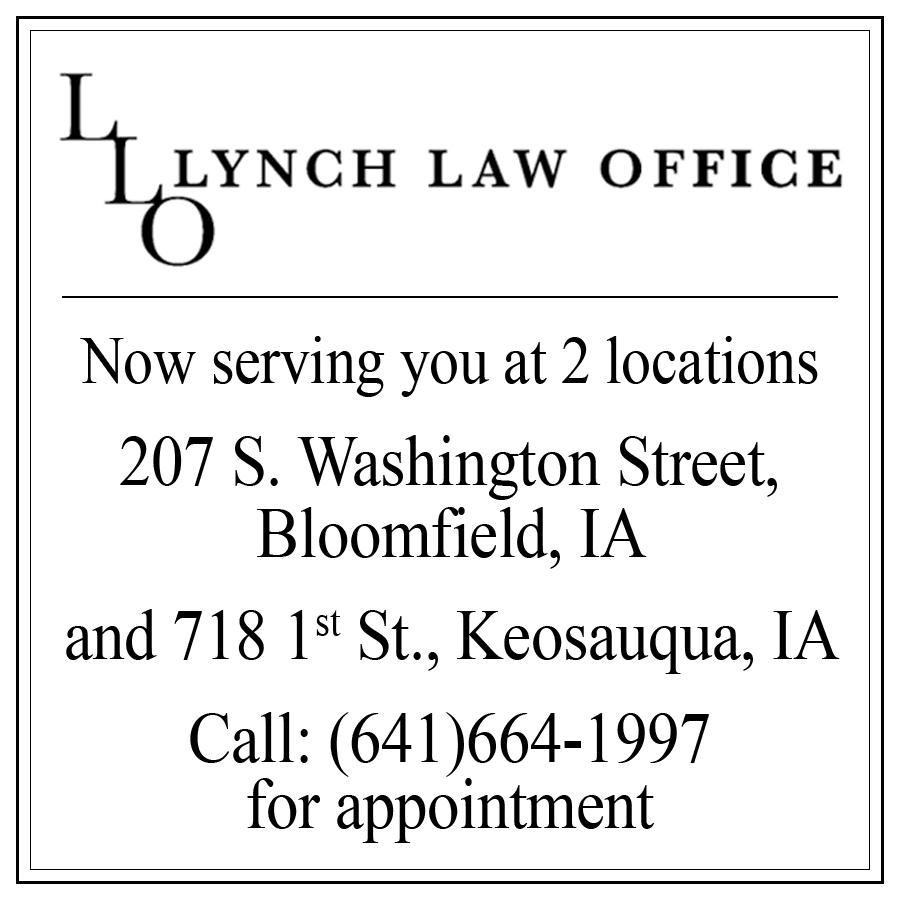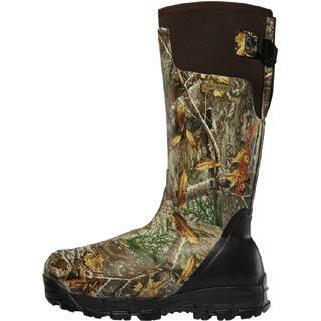



Many families and individuals who want effective and efficient ways to save for education expenses often turn to the everpopular 529 plan, which offers wideranging tax benefits. In recent years, the scope of 529 savings plan has expanded with several new features, many of which are often overlooked. If you anticipate that someone in your life may benefit from a 529, it’s important to understand the advantages – and common myths – of this unique savings vehicle.
Four common 529 plan misconceptions:
#1) A 529 is just for college. It is a common misunderstanding that 529 plans can only be used for higher education or college expenses. While the 529 plan was originally created to save for college costs, it has since expanded to be a broader savings vehicle. For example, 529 funds can now be used for qualified expenses for apprenticeship programs registered with the U.S. Department of Labor, educational loan payments (up to $10,000 total), and specific K-12 tuition (up to $10,000 per year).


The major value of a 529 plan is that any withdrawal from the fund that is designated as a qualified educational expense such as tuition and books is free from federal income taxes, and in some cases, state income tax.
#2) I must have children to open a 529. You do not have to have children to open a 529 for a beneficiary. Adults over the age of 18 can open a 529 plan for themselves or for another student, including a parent, grandparent, extended family or friend. You also can open a 529 plan for future children or grandchildren before they’re born, which is a tremendous advantage as it allows savers to take advantage of a long-time horizon for funds to grow. If you are anticipating a future student’s need for educational cost-assistance, you can start a 529 plan and name yourself the beneficiary and switch the account from yourself to the student at any point in the future. However, keep in mind there may be tax consequences if you change the beneficiary to someone outside of the original beneficiary’s family. Consider the relationship between any initial and intended beneficiary in advance of opening any plan. It is also important to note that the owner of the 529 plan must switch over the account to the appropriate beneficiary before withdrawals can take place.
#3) 529 plans rule out need-based financial
aid. Opening and utilizing a 529 can impact distributions of financial aid based on need, but it does not rule it out completely. A 529 owned by a parent or student is considered an asset under the Federal Application for Student Aid (FAFSA), which can reduce the ability to receive need-based financial aid, but only by a small percentage of the asset’s value. It is still possible to receive needbased financial aid if you have 529.
#4) I must use all the money in the account. You do not have to use all the funds in a 529 for education expenses. If you have funds remaining in your 529 plan – perhaps a child received a significant scholarship or a grandchild chose an alternative path over college – you may reallocate them. Starting in 2024, beneficiaries of a 529 plan that has been in place for more than 15 years can allocate the assets from the 529 account to a Roth IRA, which can be a great option to increase retirement savings in lieu of education expenditures. The lifetime maximum that can be transferred from a 529 plan to a Roth IRA is $35,000.
If transferring the funds to a Roth IRA does not make sense for your financial plan, you can utilize the money in a 529 for other expenses, but keep tax and penalty consequences in mind. For example, if the funds are used for expenses that are not designated as qualified education expenses, the
earnings portion of the withdrawal is subject to federal, and likely state, income tax as well as a 10% federal penalty. Make sure to consult a tax advisor for additional guidance.
A 529 plan can be a valuable saving tool if you have a desire to support the education of one or more loved ones in your life. Your financial advisor can help you understand if a 529 makes sense for your situation and how to plan for one of life’s biggest expenses while staying attuned to your long-term goals.
1 – Ameriprise Financial: “529 plans: frequently asked questions”. https://www.ameriprise.com/ financial-goals-priorities/educationplanning/529-plan-FAQ
Duane J Lusson, CFP, ChFC, CLU, MSFS, is a Private Wealth Advisor with Ameriprise Financial Services, Inc. in Ottumwa, Iowa. He specializes in fee-based financial planning and asset management strategies and has been in practice for 33 years. To contact him, call 641-684-4200 or stop by his office at 527 W. Second in Ottumwa, Iowa.
Investment products are not insured by the FDIC, NCUA or any federal agency, are not deposits or obligations of, or guaranteed by any financial institution, and involve investment risks including possible loss of principal and fluctuation in value.
Ameriprise Financial, Inc. and its affiliates do not offer tax or legal advice. Consumers should consult with their tax advisor or attorney regarding their specific situation. Ameriprise Financial cannot guarantee future financial results.
Securities offered by Ameriprise Financial Services, LLC. Member FINRA and SIPC.
© 2024 Ameriprise Financial, Inc. All rights reserved. File # AMP6892200.1-

















































